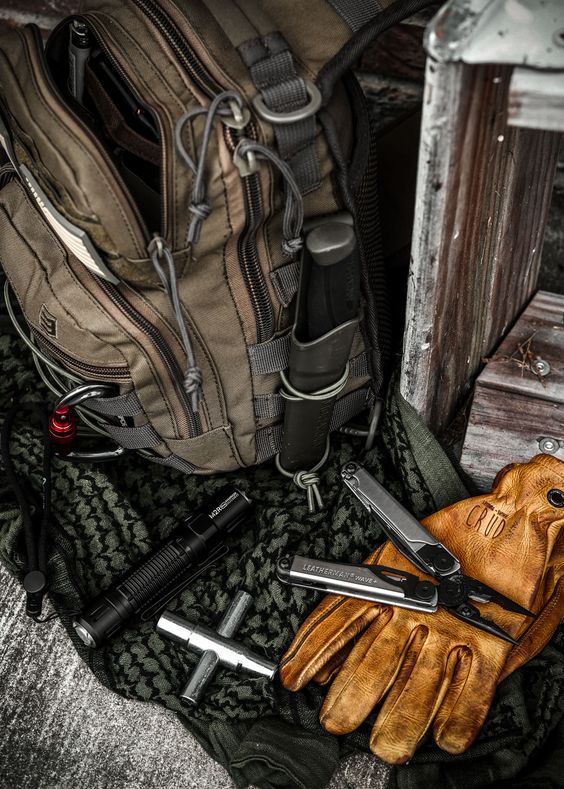
Emergency Mountain Camping Survival Guide: Preparation and Survival Strategies
Unexpected overnight camping in the mountains, also known as bivouacking, can occur due to various reasons, such as accidents, improper handling of equipment, or natural disasters. Regardless of the cause, when faced with the need for emergency camping, it’s essential to know what to do. As an experienced mountaineer who frequently traverses the wilderness, you may encounter situations where you or your group must spend several days without mountain shelters or tents. Have you ever thought about how you would cope with such a predicament? Let’s explore it!
The Frightening Night in the Mountains:
The most worrisome aspects of nighttime in the mountains are low temperatures and the potential threat of wildlife encounters. Low temperatures pose a significant risk to human health, as prolonged exposure can lead to hypothermia. Wildlife encounters, although less common, should also be considered. However, for the purpose of this discussion, we will focus on the primary concern of staying warm and safe during an emergency overnight stay.
1. Getting Lost or Separated: Straying from the group during solo activities or accidents leading to separation from the team.
2. Tent Damage: Accidental damage to the group’s tent, rendering it unusable.
3. Failure to Set Up Camp: Neglecting to properly set up camp due to oversight or equipment malfunction.
4. Other unforeseen circumstances.
Of the above scenarios, getting lost or separated from the group is the most critical and potentially dangerous. When alone in such situations, individuals may make erroneous judgments, leading to unfortunate outcomes. Therefore, it is crucial to address this scenario as a primary focus.
Maintaining Composure
1. Stay Calm: Upon realizing that you are lost or separated from the group, remain calm and assess the situation. Try to retrace your steps and return to familiar paths if possible. Do not stray far from your backpack, and if you must move, do so within a manageable distance of your belongings. Use landmarks or maps to determine your approximate location and attempt to make contact with your companions via whistle or shouting.
2. If unable to find the correct path or contact your companions, prepare for the worst-case scenario of spending the night alone:
Seeking Shelter
1. Look for Natural Shelters: Utilize natural terrain features such as dense bamboo forests or natural caves for shelter. Ensure that the chosen shelter provides protection from the wind and elements. Leave visible markers nearby for potential rescuers to find.
2. Utilize Available Equipment: Use emergency items carried in your backpack, such as waterproof matches, candles, plastic bags, knives, and high-calorie food.
3. Improvising Shelter: If necessary, construct a makeshift shelter using available materials such as branches or foliage. Use caution with fire for warmth, and avoid consuming energy unnecessarily.
Warmth Preservation
1. Generating Heat: If possible, start a fire to provide warmth and heat water for drinking. Consume high-calorie foods to generate internal heat.
2. Minimizing Heat Loss: Prevent heat loss by wearing dry clothing and insulating yourself from the ground. Utilize a sleeping pad or natural materials to create a barrier between your body and the cold ground.
3. Avoiding Hypothermia: Be aware of the signs of hypothermia and take measures to prevent it, such as staying dry and seeking shelter from the wind.
In summary,Emergency Mountain Camping Survival Guide,maintaining composure, seeking shelter, and preserving warmth are essential strategies for surviving an emergency overnight stay in the mountains. By following these guidelines, you can increase your chances of making it through the night safely and awaiting rescue.



